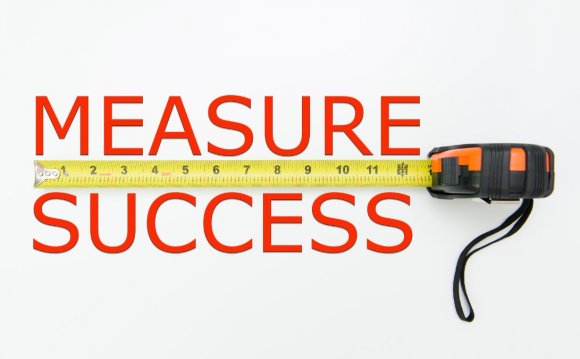
As a freelancer, independent contractor, or consultant, you have a variety of tax issues to consider - including ways to trim your tax bill.
Tax-saving opportunities for the self-employed
Many people are career freelancers. Others find themselves doing freelance work after a corporate downsizing or other job loss.
Although being a freelancer, consultant, or independent contractor provides a new set of tax issues to consider, it also offers you plenty of new ways to trim your tax bill.
If you are paid $600 or more for your work for any individual client, you should receive a 1099-MISC from your customer. And, yes, the IRS gets a copy, too. Typically, you include Schedule C with your tax return to report the self-employed income – along with the deductions for your business expenses.
And if your net earnings from self-employment exceed $400, you will have to pay self-employment tax (for Social Security and Medicare), which is figured on Schedule SE. You deduct one-half of that SE tax as an adjustment to income on Form 1040. And if you have employees or use independent contractors in your business, you will have to file W-2 or 1099 forms for them.
Hire your spouse and get a tax break on medical insurance
Although self-employed individuals can deduct 100 percent of health insurance premiums paid for themselves, a spouse and dependents, the deduction is allowed as an adjustment to income on the 1040. This can reduce your income tax but does not reduce your SE tax since it does not reduce your SE income.
However, if you hire your spouse and you provide family health insurance coverage to employees then you can be covered on your spouse’s policy. The cost the insurance for employees is deducted on Schedule C, and reduces your SE income and tax.
Set up a home office and maximize your write-offs
If you regularly and exclusively use a portion of your home or apartment or use a separate structure not attached to your house as your principal place of business or as a place to meet with clients, you can claim deductions for using the space.
Your office qualifies as a principal place of business if you use it as the sole place to perform administrative duties. Expenses that may be deducted include the business portion of real estate taxes, mortgage interest, rent, utilities, insurance, painting, repairs and depreciation. The amount of the deduction depends on the percentage of the home or apartment that is used for business. The write-off is claimed on Form 8829, and is deducted on Schedule C. Thus, it reduces your SE income and tax.
Open a retirement plan to shelter your business profit
The two most common self-employed retirement plans are a Simplified Employee Pension plan (SEP) and a Keogh plan. In either one, you can put in up to 20 percent of your net earnings from self-employment, which is your net Schedule C profit minus the deduction for one-half of your self-employment tax. The maximum annual contribution for 2015 is $53, 000.
Compare that to the $5, 500 cap on IRA contributions ($6, 500 if you are 50 or old at year end) for 2015. A SEP can be established for 2015 as late as April 15, 2016, or if you filed an extension, October 15, 2016.
There are two drawbacks for Keoghs:
- A Keogh plan must be established by Dec. 31, 2015 to accept contributions for 2015.
- If you have employees, they may be eligible to have Keogh contributions made for them.
Hire your children
Sole proprietors who hire their kids to do data entry, answer phones, clean the office and perform other business-related activities can deduct their wages on Schedule C, as long as the compensation is reasonable for the type of work performed. Wages paid to the children are exempt from Social Security tax if they are under 18 and are not subject to federal unemployment tax if they are under 21.
In addition, unless the child has a lot of unearned income, chances are that he or she won't owe income tax on the wages. This lowers the family's tax bill considerably by moving taxable income from the parent to non-taxable income of the child. Also, a parent can make a contribution to an IRA or a Roth IRA for them based on their wages. Over time, this can grow into a nice nest egg for their retirement.
INTERESTING VIDEO














